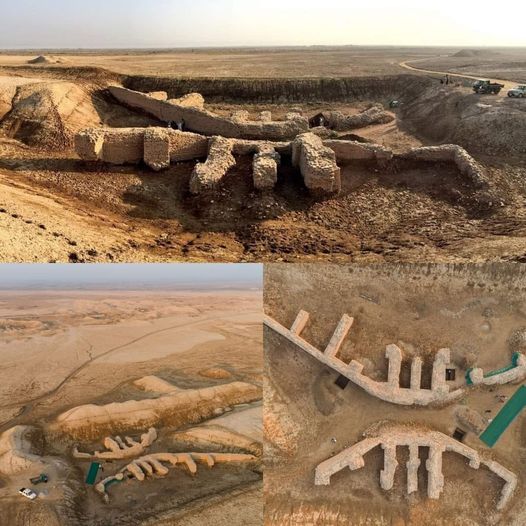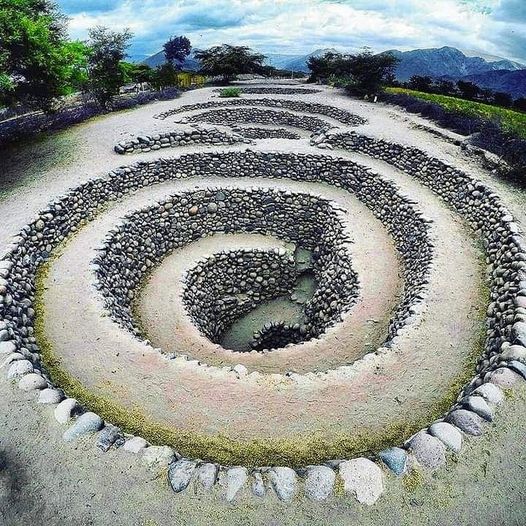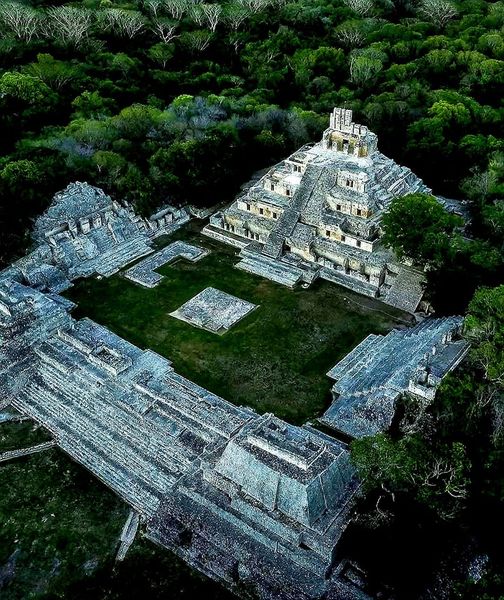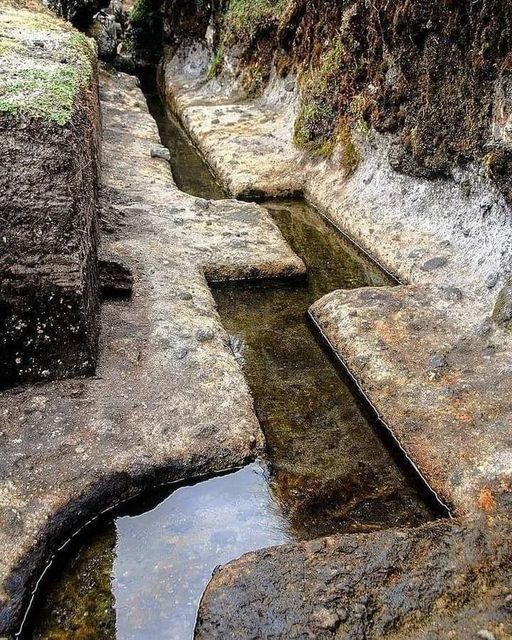Nestled along the banks of the Nile River, Cairo stands as a living testament to the rich tapestry of Egypt's history and culture. Amidst the bustling streets and bustling markets of this vibrant metropolis, one finds a treasure trove of architectural marvels dating back to the medieval period.
Nestled along the banks of the Nile River, Cairo stands as a living testament to the rich tapestry of Egypt's history and culture. Amidst the bustling streets and bustling markets of this vibrant metropolis, one finds a treasure trove of architectural marvels dating back to the medieval period. From towering minarets to intricately adorned mosques and palaces, the medieval architecture of Cairo offers a captivating glimpse into a bygone era of splendor and sophistication. Join me on a journey as we delve into the majestic beauty and historical significance of these timeless monuments.

The Legacy of Islamic Architecture: Cairo's medieval architecture bears the indelible imprint of Islamic influence, reflecting centuries of artistic exchange and cultural synthesis. At the heart of this architectural tradition lies the mosque, a sacred space designed to foster communal worship and spiritual contemplation. From the iconic minarets of the Sultan Hassan Mosque to the ornate domes of the Ibn Tulun Mosque, each structure showcases the exquisite craftsmanship and architectural ingenuity of the Islamic world. Adorned with intricate geometric patterns, arabesque motifs, and calligraphic inscriptions, these mosques serve as enduring symbols of Islamic faith and cultural identity.

Palaces and Fortifications: In addition to mosques, Cairo boasts a wealth of palaces and fortifications that speak to its storied past as a center of power and prestige. One such marvel is the Citadel of Saladin, a sprawling fortress perched atop a limestone hill overlooking the city. Built in the 12th century by the legendary Kurdish ruler Saladin, the Citadel served as a strategic stronghold and royal residence for centuries. Today, it remains one of Cairo's most iconic landmarks, offering panoramic views of the cityscape below. Within its walls lie a treasure trove of architectural gems, including the majestic Muhammad Ali Mosque, whose gleaming domes and towering minarets dominate the skyline.
The Al-Azhar University: No exploration of Cairo's medieval architecture would be complete without a visit to Al-Azhar University, one of the oldest and most prestigious centers of Islamic learning in the world. Founded in the 10th century as a center for Quranic studies, Al-Azhar has evolved into a sprawling complex of mosques, libraries, and classrooms, attracting scholars and students from across the Islamic world. The university's architectural ensemble reflects the diverse influences that have shaped Cairo's urban landscape over the centuries, from Mamluk-era courtyards to Ottoman-style domes and archways. Today, Al-Azhar remains a beacon of intellectual inquiry and religious scholarship, embodying the timeless spirit of Islamic education and enlightenment.
Preservation and Revitalization: As guardians of Cairo's architectural heritage, preservationists and scholars alike have worked tirelessly to safeguard these historic treasures for future generations. Through restoration projects, educational initiatives, and community engagement efforts, they seek to ensure that Cairo's medieval architecture continues to inspire and captivate audiences for centuries to come. From the meticulous conservation of decorative elements to the implementation of sustainable development practices, these efforts underscore the enduring value of preserving Egypt's cultural legacy in an ever-changing world.
Conclusion:
In conclusion, the medieval architecture of Cairo stands as a testament to the enduring legacy of Egypt's rich cultural heritage. From the towering minarets of its mosques to the majestic fortresses that dot its skyline, Cairo's architectural treasures offer a window into a bygone era of artistic splendor and architectural innovation. As we marvel at the intricate carvings, soaring arches, and vibrant tilework that adorn these historic landmarks, let us also reflect on the timeless significance of preserving and celebrating Egypt's architectural legacy for generations to come.
Ancient Discoveries: While exploring the medieval wonders of Cairo, let us not forget the ancient discoveries that continue to captivate the imagination of scholars and enthusiasts alike. From the majestic pyramids of Giza to the enigmatic tombs of the Valley of the Kings, Egypt's archaeological sites offer a glimpse into the lives and customs of ancient civilizations that once flourished along the banks of the Nile. Whether uncovering hidden chambers, deciphering hieroglyphic inscriptions, or excavating priceless artifacts, these ancient discoveries serve as a testament to humanity's enduring quest for knowledge and understanding. As we celebrate the architectural achievements of Cairo's medieval period, let us also pay homage to the ancient civilizations that laid the foundation for Egypt's rich cultural heritage.






